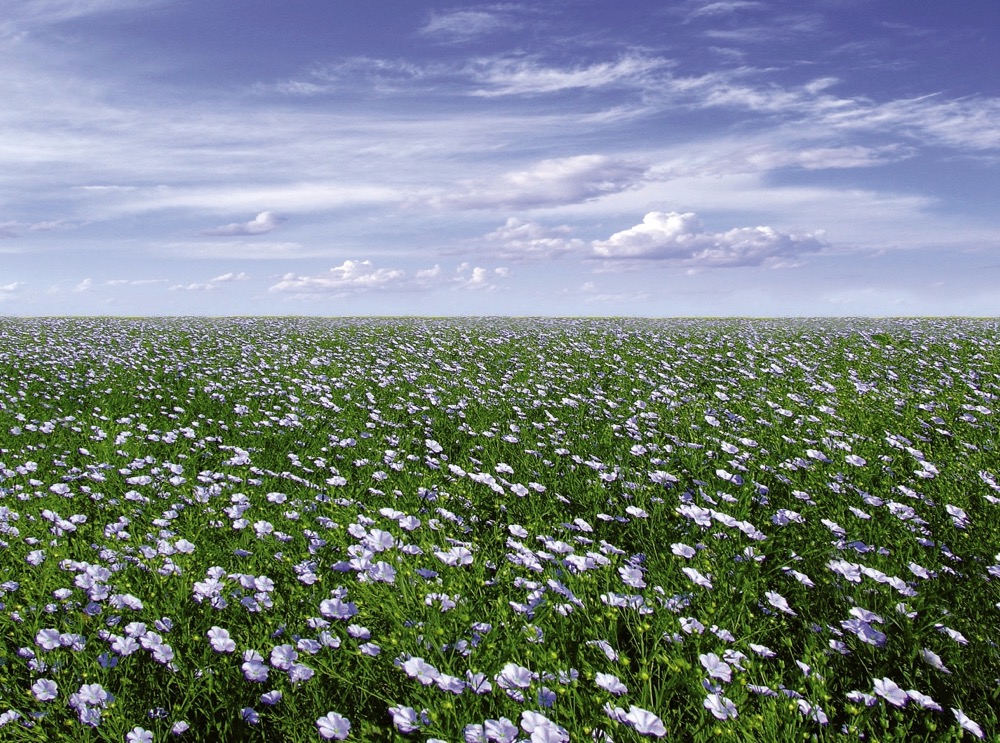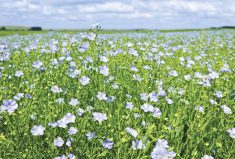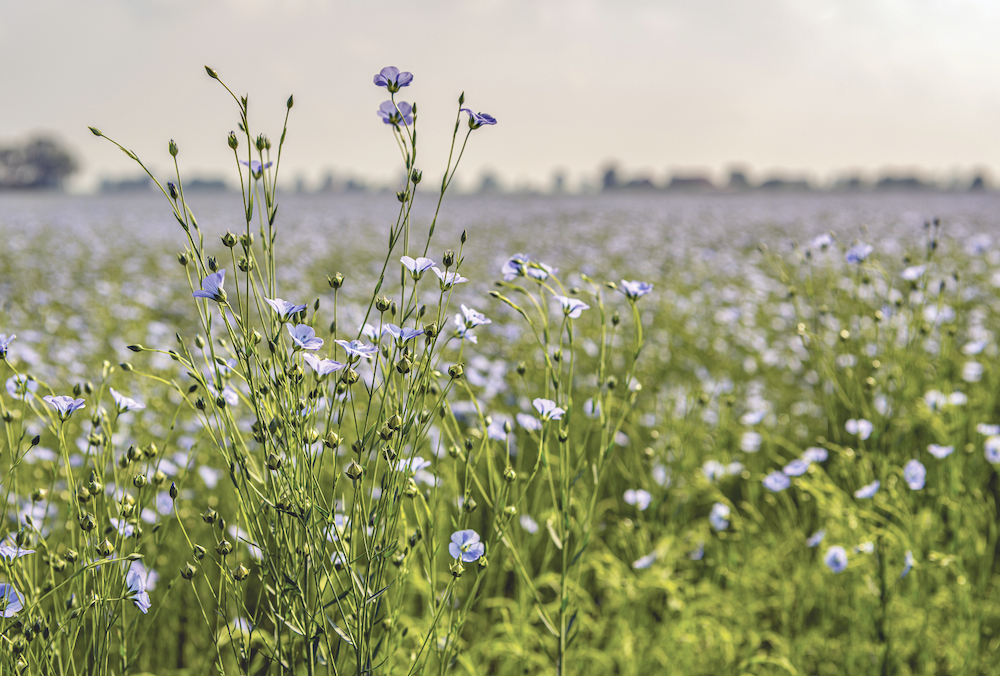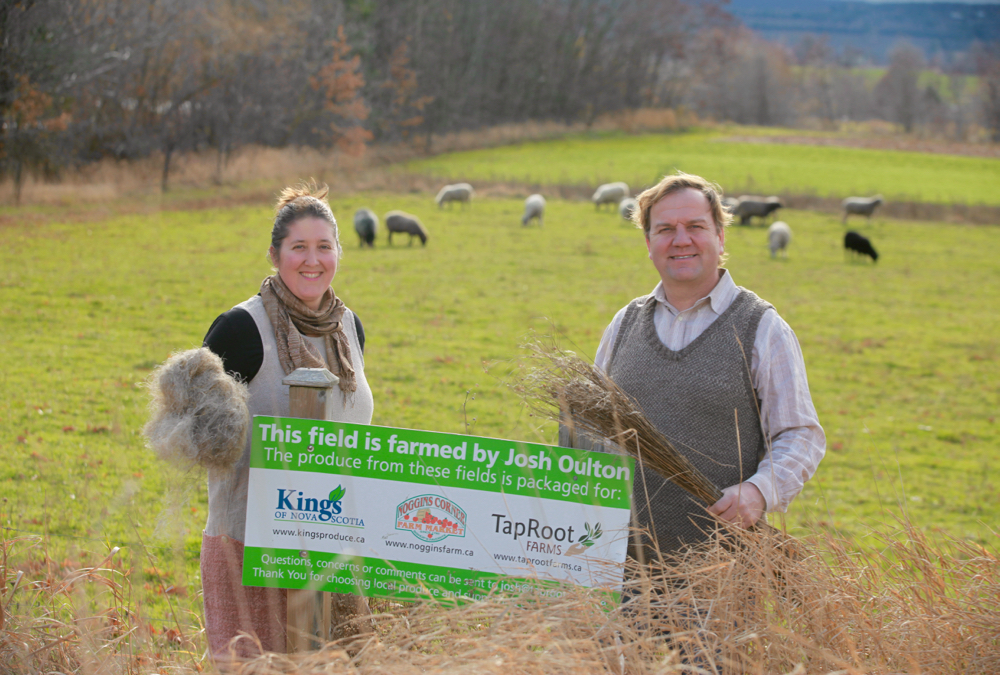After six years, the “Day of the Triffids” appears to be ending for Canada’s flaxseed industry.
Triffid is a genetically modified variety of flax that was rather unfortunately named after the creatures in The Day of the Triffids, a 1951 novel about carnivorous plants bioengineered in the USSR that escape and blind people with their poisonous stingers.
Although the variety received Canadian regulatory feed and environment safety authorizations in 1996 and food safety authorizations in 1998, Triffid was never released for commercial production in Canada. It was de-registered in 2001 over concerns the variety could disrupt export trade, and it was thought to have been destroyed. But like its namesake, it escaped and was detected in shipments to Europe in 2009, effectively shutting down sales to Canada’s largest customer.
Read Also

Agronomists share tips for evaluating new crop products and tech: Pt. 3
With new products, new production practices and new technology converging on the agriculture industry at a frenetic pace in recent…
“We are approaching the time when we will hopefully see an end to any concerns over this issue in Canadian production,” says Don Kerr, president of the Flax Council of Canada.
Although many strides have been made down this hard road, Triffid isn’t yet gone and forgotten.
“There is always the possibility that in the sampling and testing process we could come across a sample that shows a positive result,” says Kerr, adding measures are in place to prevent a positive-testing shipment from reaching a customer.
Before discovering traces of Triffid, exports to Western Europe represented about 65 per cent of Canada’s total flaxseed exports. By 2011-12, Canadian sales to Europe were down to as little as 20,000 tonnes, versus the all-time high of 400,000.
Rigid testing protocol
Canada’s flax industry responded to European concerns with stringent sampling and testing protocols, and has since recovered some market share to the point the EU now represents about 20 per cent of Canadian flax exports.
“It’s fair to say there’s no crop grown in Canada that undergoes more strict scrutiny in terms of sampling and testing than flaxseed,” says Kerr, explaining protocols extend from the producer to the end-user to ensure customers are confident in the system’s integrity.
Another precaution was making reconstituted certified seed available to farmers. Grown and produced in New Zealand under strict conditions to guarantee the seed was GMO free, it was supplied to farmers in 2014.
“Growers basically consumed all of the supplies. The second generation became available this year, and that was provided to producers who didn’t have a chance to plant the reconstituted seed last year,” says Kerr. “So now we’ve covered a vast majority of growers in Western Canada with reconstituted seed, and we’ve encouraged the growers if they’re going to store seed, that they store that reconstituted seed. And I think growers have responded very positively.”
Black Sea competition
Germany, however, continues not to import Canadian flaxseed, and the Black Sea took market share in the rest of Europe while Canada was shut out. Record flaxseed production in Russia and Kazakhstan means Canada has its work cut out.
Weather and transportation challenges in Kazakhstan, though, make Kerr believe Canada can compete.
“They don’t have the infrastructure that we do, and one of the things that is an advantage for Canada is we are a reliable supplier,” adds Jonathon Driedger, senior market analyst with FarmLink Marketing Solutions.
But he notes South America also faces logistics problems such as port congestion, and yet their soybeans still manage to find a way to market.
“If you start getting a consistently reliable supply out of the Black Sea region in a growing way, maybe that whittles away our role in Western Europe,” Driedger says.
When Canadian sales to Europe were cut off, China came in as a buyer and has become Canada’s most important flaxseed customer. If any customer is responsible for flaxseed production returning to pre-Triffid levels, it’s China.
“We’re at about 850,000 tonnes [production], and China (buys) in excess of 350,000 tonnes of Canadian flax. So they are 50 per cent of our market at the moment,” says Kerr.
“When we had that Triffid episode, if it hadn’t been for China stepping in, it would have been a colossally worse train wreck than it ended up being,” says Driedger. “But when you rely heavily on one market you are vulnerable to a slowdown in purchases.”
Diversifying beyond China
Driedger says Kazakhstan’s direct rail link to China could also be a competitive threat.
Kerr, however, doesn’t sound worried, saying “The market in China is certainly big enough to take even more flax than they’re taking now.”
And Driedger indicates Chinese demand hasn’t necessarily peaked.
“Their demand for some of these crops has just continued to grow, and flax is just one on the list. Maybe potentially that continues to grow,” Driedger says.
Nevertheless, Kerr is aware of the potential pitfalls with Canada’s heavy reliance on China, and the Flax Council is working on ways to diversify sales. Japan, another country that detected trace amounts of GM flax in 2009, is one of those destinations.
“Japan has always been an important market for Canadian product, and at the moment Japan is in the process of looking at accepting flaxseed for feed and industrial use,” says Kerr. “So far the food use of flaxseed in Japan is still somewhat inaccessible to Canadian seed, so we’re working to try and resolve that issue. It’s partly because of GMO protocols and partly because of cyanogenic glycoside issues within the Japanese market.”
Cyanide glycoside is a natural component of some plants. Japan sets a maximum content of 10 parts per million in flaxseed.
India is another possible market, and one Kerr says has huge potential. India produces its own flax, but there are other crops competing for acres. The Flax Council believes it can make inroads into India’s food market by promoting the health and nutritional benefits of flaxseed.
“At the moment there isn’t a lot of flaxseed going into India, but it’s certainly on the radar screen and something that we’re looking at trying to change,” Kerr says.
The U.S. has also become a significant buyer, taking as much as 25 per cent of Canadian flax exports. Although its own production has been increasing, Driedger doesn’t anticipate Canadian sales there will dry up. He ties greater U.S. flax acres to attractive prices more than any structural shift, and expects Americans to remain significant buyers.
“For them to ramp up production to the degree that they don’t need to buy any of our flax, I don’t anticipate that likely being the case in the foreseeable future.”
New varieties and markets
Kerr expects acres to grow in 2016, but acknowledges higher yields would help, saying “We’re now investing a good deal of our financial resources into research programs that are going to hopefully result in better yields for growers. And that’ll pencil into better returns.”
The Flax Council is also aiming to grow its share in the food and feed sectors.
Launched last February, the HealthyFlax.org marketing program targets consumer awareness of flax’s health benefits, particularly the claim approved by Health Canada linking ground whole flax to lowering cholesterol.
“That’s where we see a huge potential to grow the flax market in North America and abroad,” says Kerr.
Omega, a golden flax variety, was added to Canada eastern and western classes in August. Kerr estimated 10 to 20 per cent of varieties coming on stream are golden flax, and he expects more will be introduced over the next few years.
“The demand is good, it commands a premium right now over brown flax, and it seems to be a product that’s preferred in some of the baking industry. It’s something that we want to ensure we can provide.”
This article was originally published as “Triffid recovery” in the March 15, 2016 issue of Country Guide

















